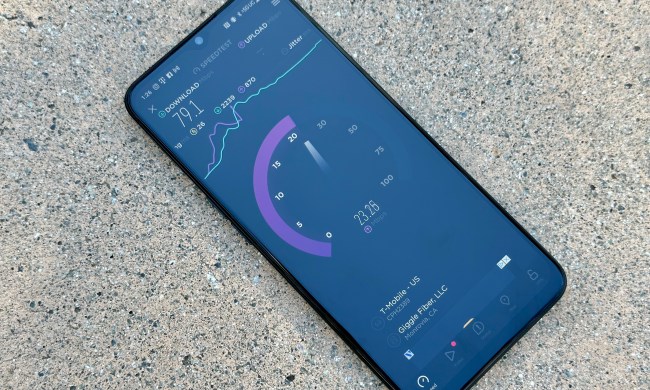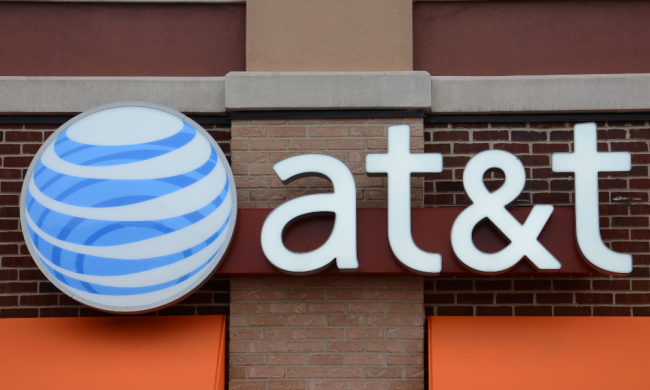TCL today introduced its new 30-series devices in the U.S. with the launch of two budget 5G smartphones — the TCL 30XE 5G and 30 V 5G. These confusingly-named smartphones are the first among the eight smartphones TCL intends to launch in the country this year. While the 30XE 5G will be first available via T-Mobile before launching on other carriers, the TCL 30V 5G is a Verizon exclusive. Pricing isn’t known yet but should be revealed closer to launch.
TCL 30 XE 5G

The TCL 30XE 5G is a budget smartphone that uses the octa-core MediaTek Dimensity 700 chipset that clocks up to 2.2 GHz. The device comes in a single 4GB +64GB option — with support for a microSD card. The TCL 30XE 5G is also a fairly large phone with a 6.52-inch HD+ display that supports a 90Hz refresh rate and 180Hz touch sampling. In addition, the display gets a V-shaped notch for the front-facing camera.
The rear-facing triple camera array on the TCL 30XE 5G includes a 13-megapixel primary camera, a 2MP depth camera, and a 2MP macro camera. The selfie camera, on the other hand, uses an 8MP sensor. Video recording on the front and rear cameras tops out at 1080p 30 frames per second.

TCL includes an 18W fast charger with the phone that should help you charge the 4,500 mAh battery reasonably fast. Additionally, the TCL 30XE 5G supports comprehensive connectivity options ranging from 5G, LTE, 3G, and GSM to Wi-Fi b/g/n/ac, Bluetooth 5.1, and USB Type-C. The phone also gets a 3.5mm audio port for folks still clinging to their wired headphones.
At launch, the TCL 30XE 5G will run Android 11 with the likelihood of an Android 12 update sometime down the line.
TCL 30V 5G

Next, we have the TCL 30V 5G, with a bigger 6.67-inch display that dwarfs the already large TCL 30 XE. The larger display also crams in a higher resolution (FHD+), while missing out on the higher 90Hz refresh rate that the 30 XE boasts. The phone also offers scratch resistance with Gorilla Glass 3 certification.
The TCL 30V gets the Snapdragon 480 SoC and ships in a single 4GB+128GB variant that supports microSD cards. The triple rear camera setup on the phone includes a 50MP main camera, a 5MP ultra-wide camera, and a 2MP macro camera. For selfies, the device uses a 16MP camera. Biometric authentication options include a face-unlock feature and a rear-mounted fingerprint scanner.

The 5G capabilities of the TCL 30V include support for both sub-6Ghz and mmWave networks — along with the option to fall back to LTE when you’re out of 5G coverage. The phone also gets USB Type-C, Bluetooth 5.1, and 3.5mm jack support. The 4,500 mAh battery on the TCL 30V 5G supports 18W fast charging, and the charger and cable are included in the box. Like its sibling, the TCL 30 V 5G runs Android 11 at launch, with the likelihood of an Android 12 update later this year.
Apart from these two phones, TCL also talked about the impending announcement of its upcoming LinkHub 5G router. The device — an advanced 5G router — bundles Wi-Fi 6 support, and can concurrently support up to 256 users. TCL didn’t reveal pricing and availability details of all these devices at CES 2022 but adds that the launch is expected “in the coming weeks.”



